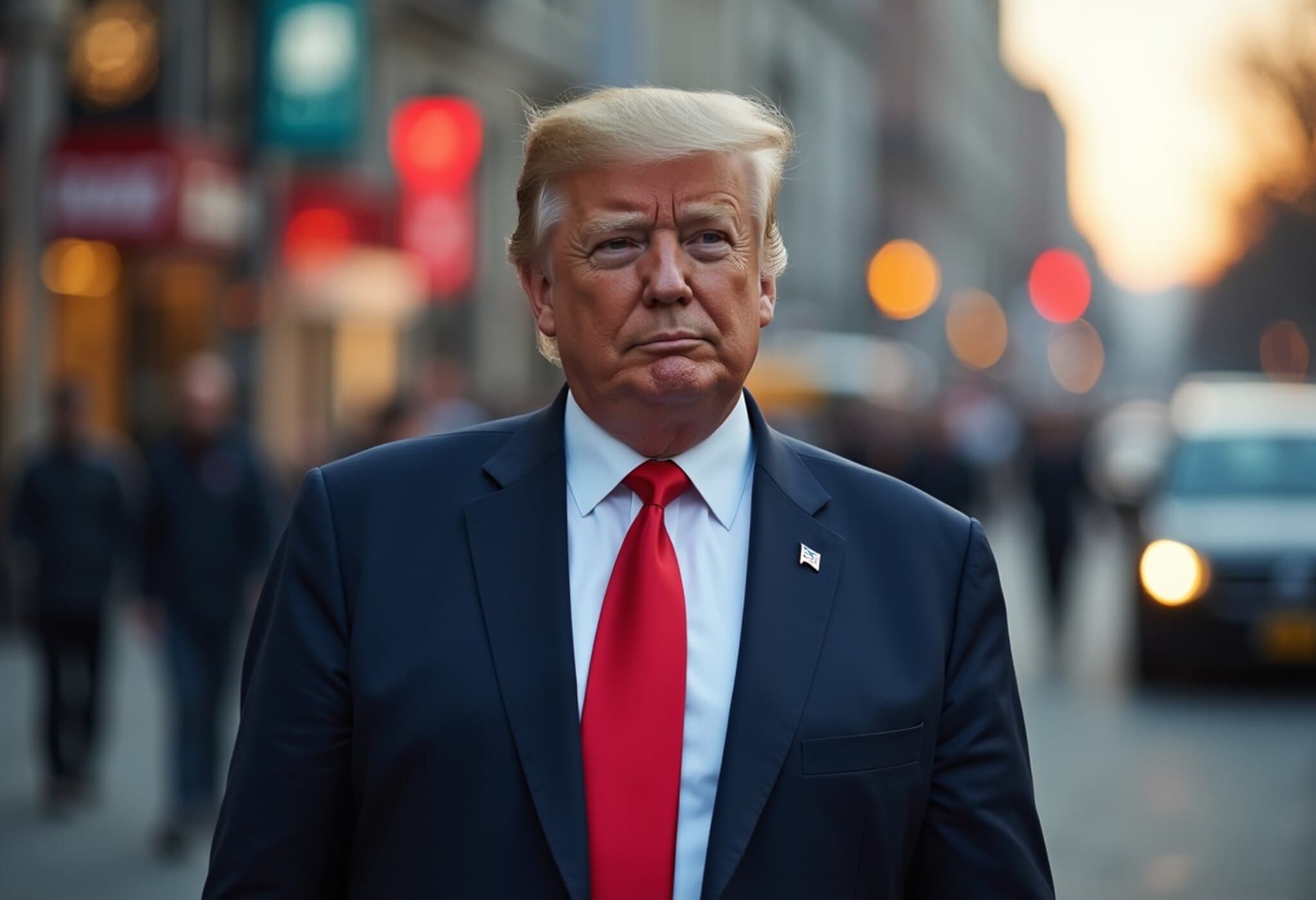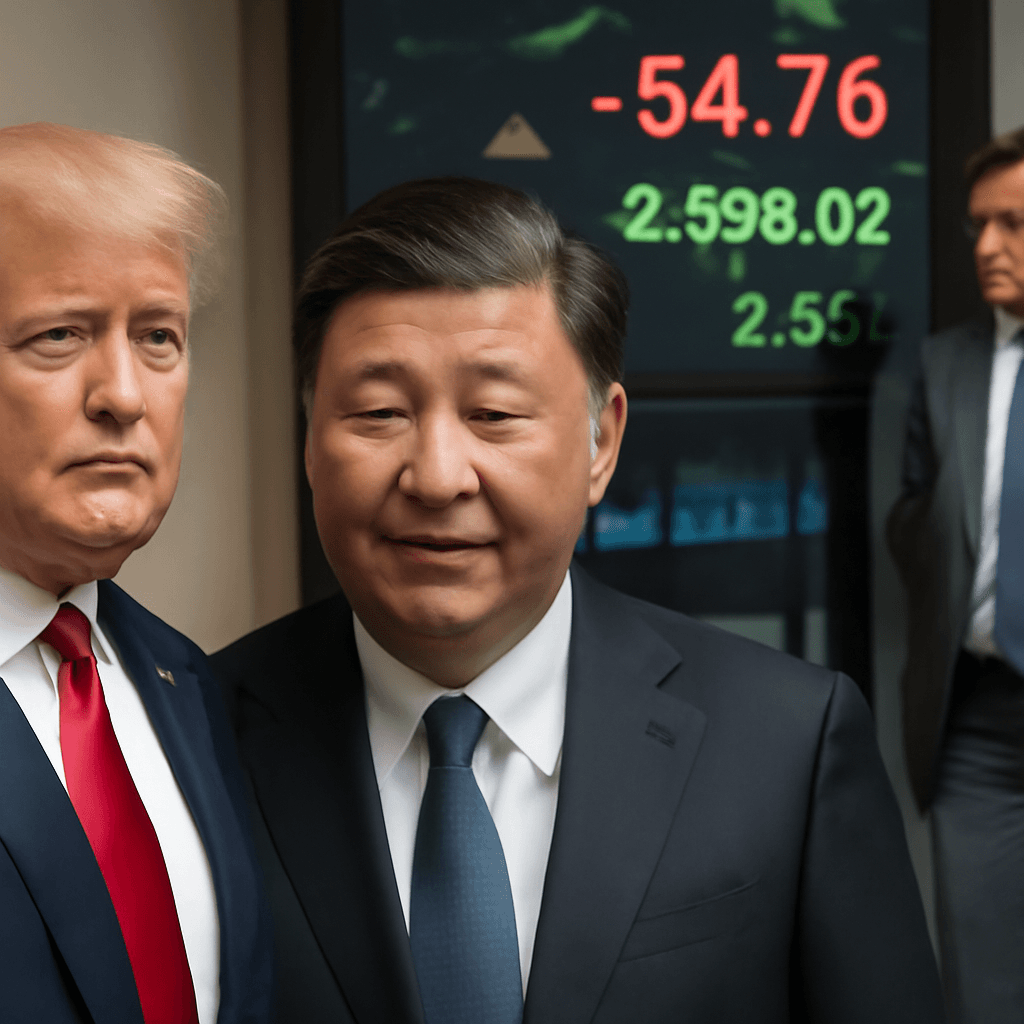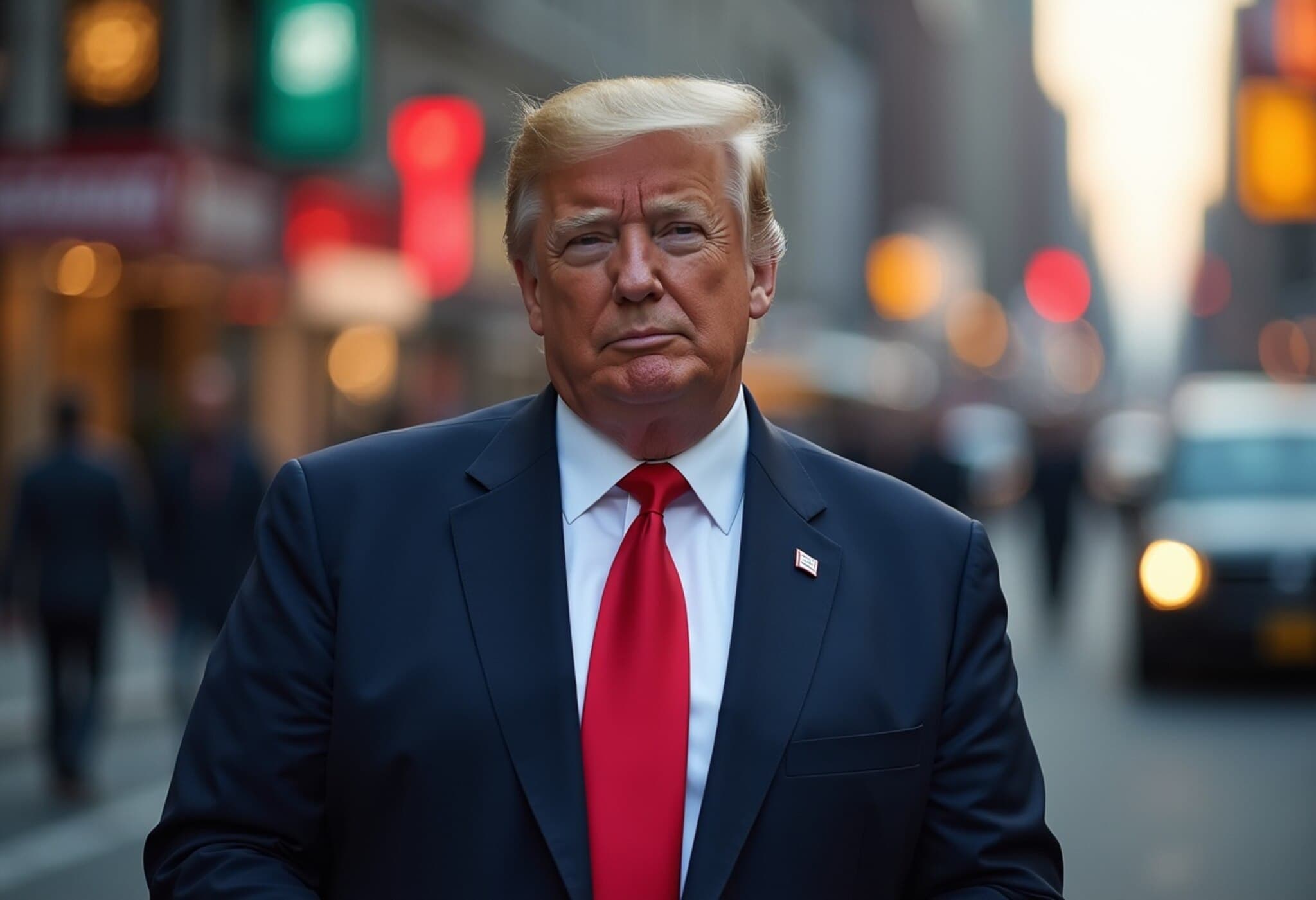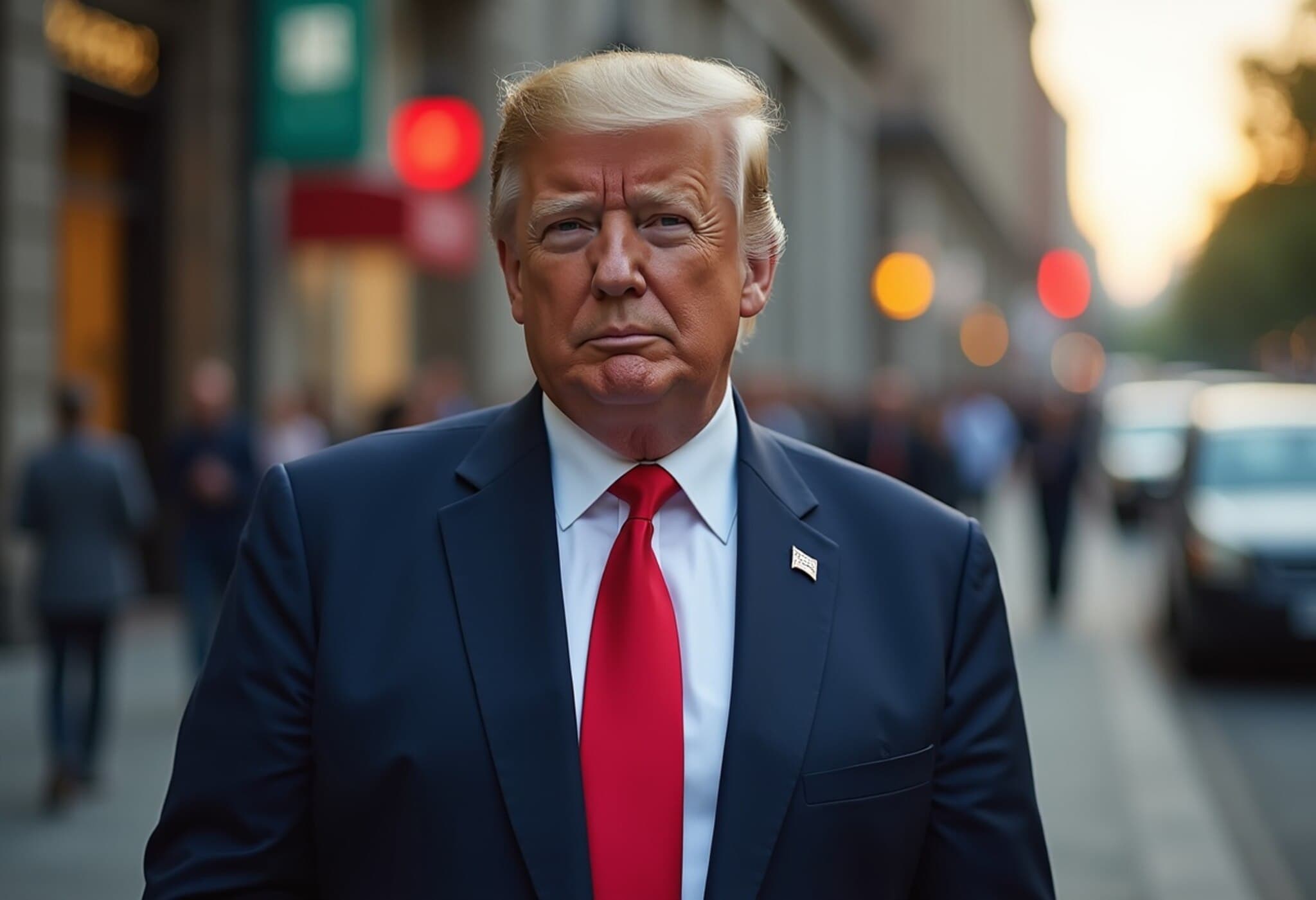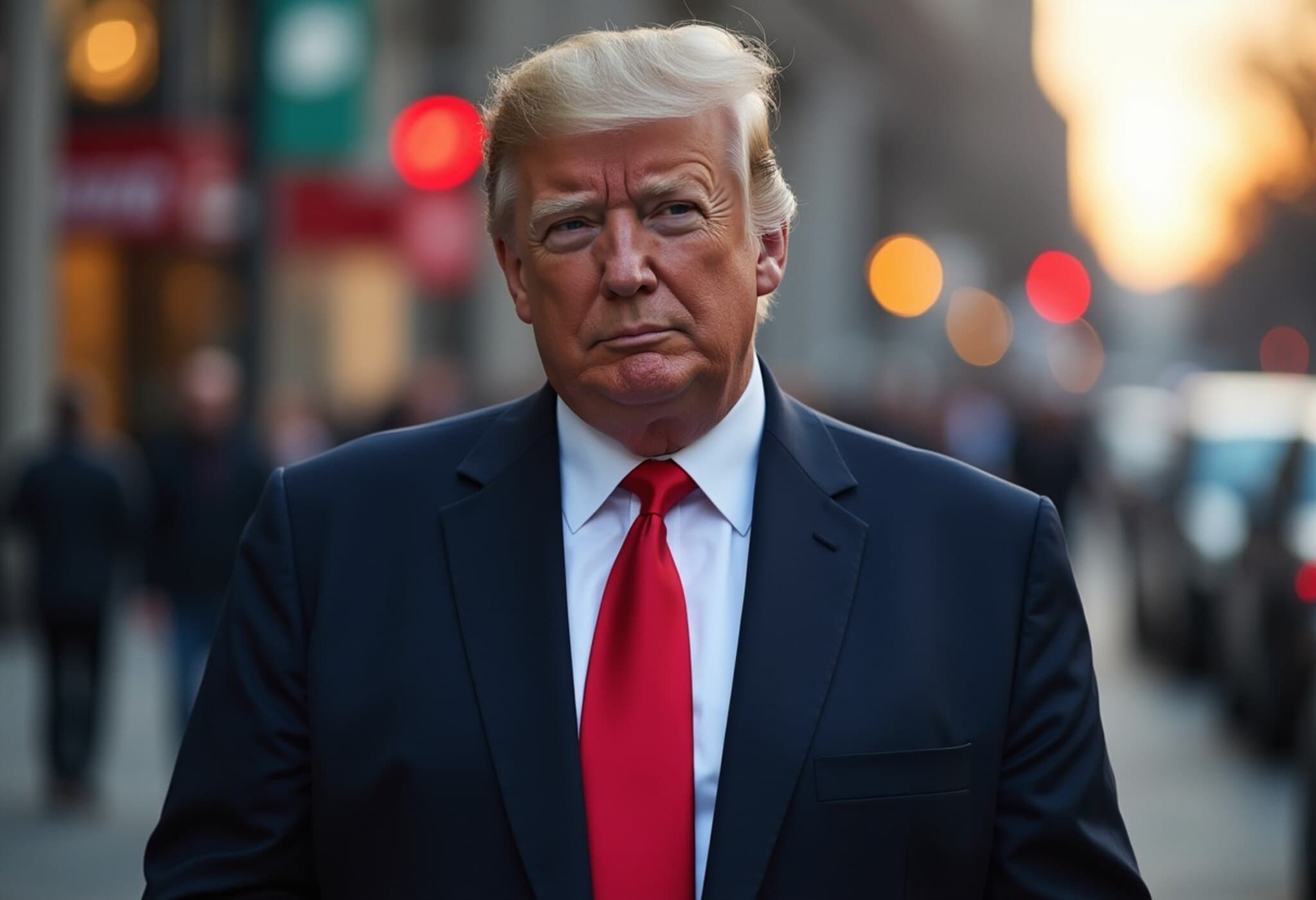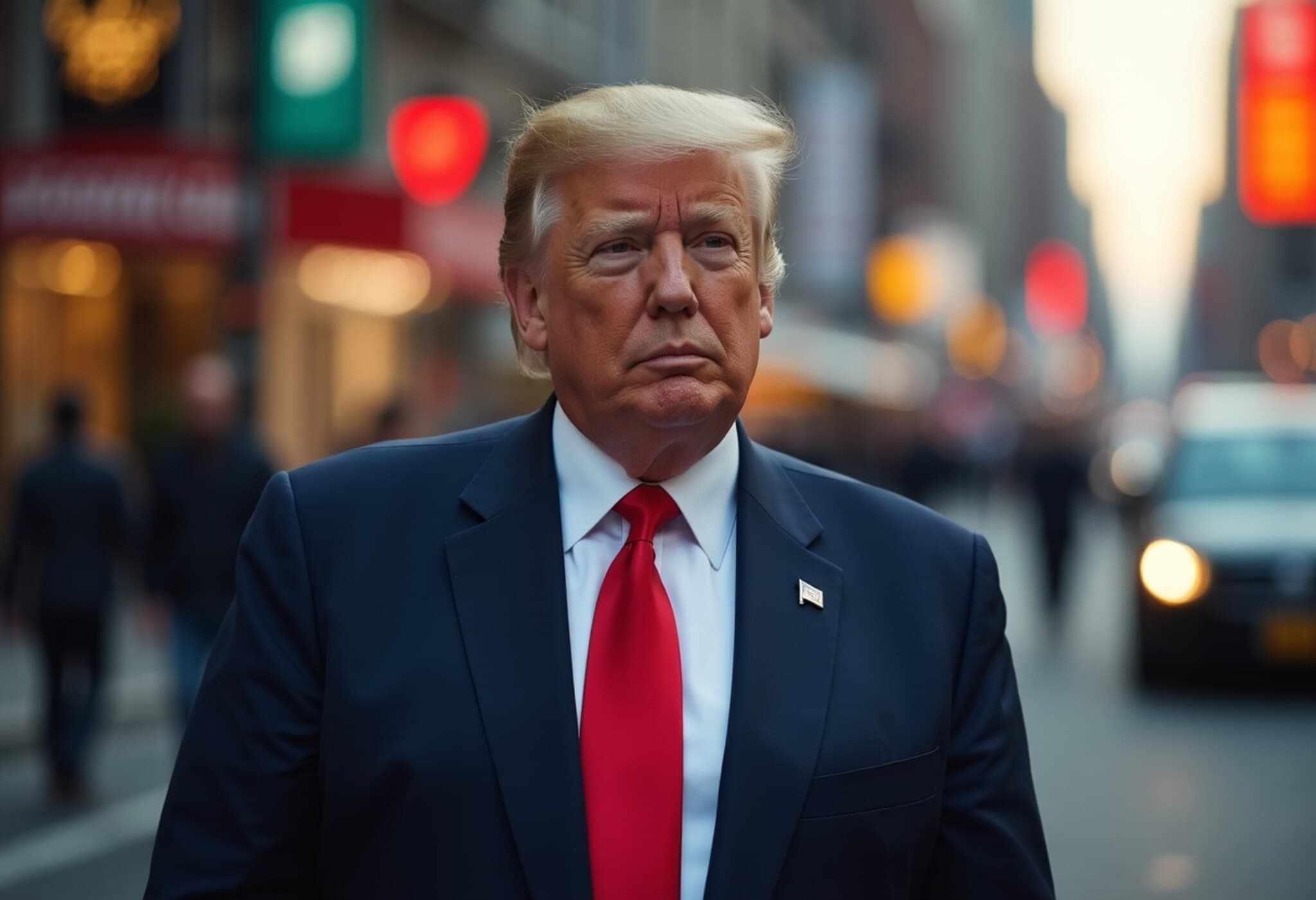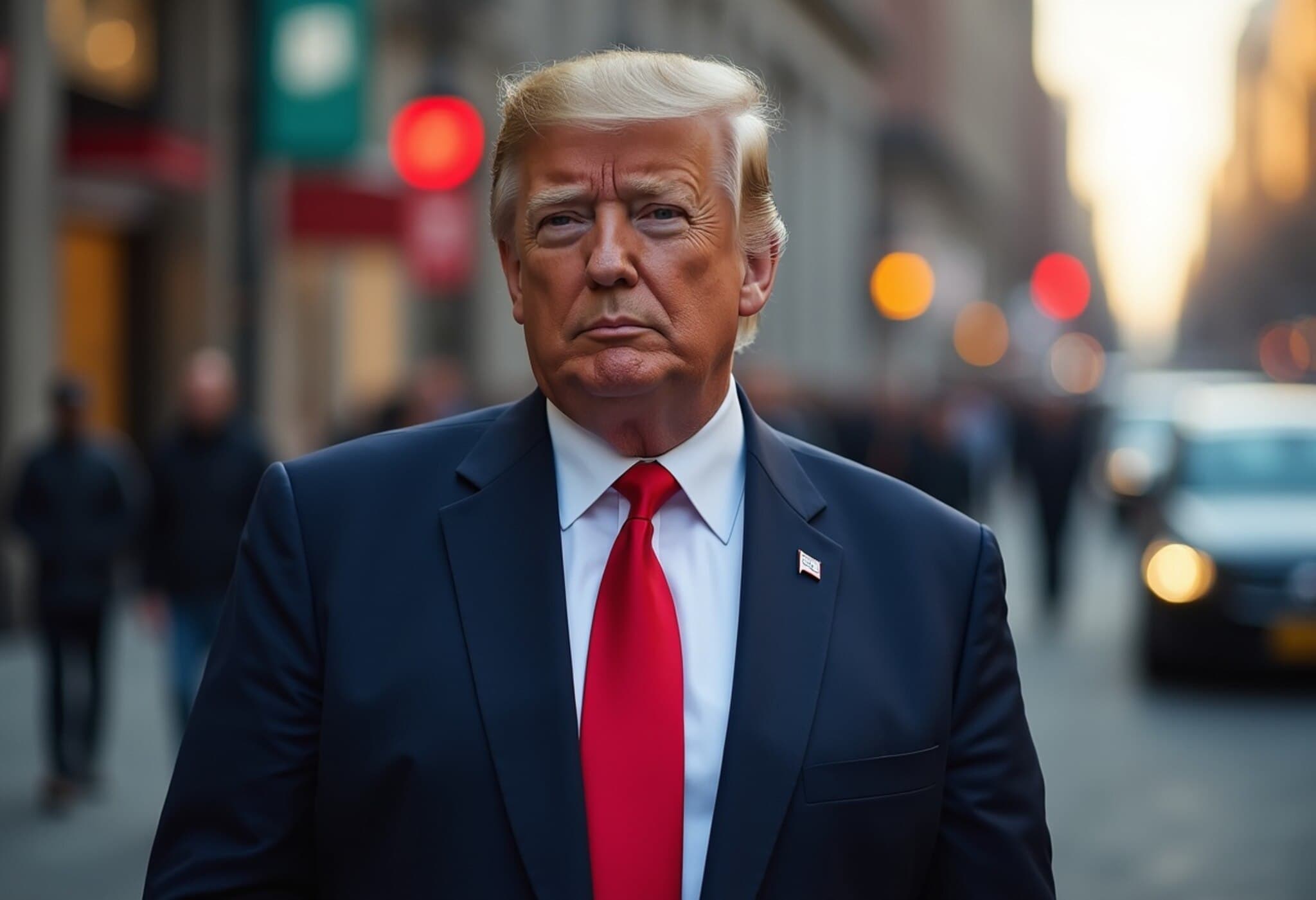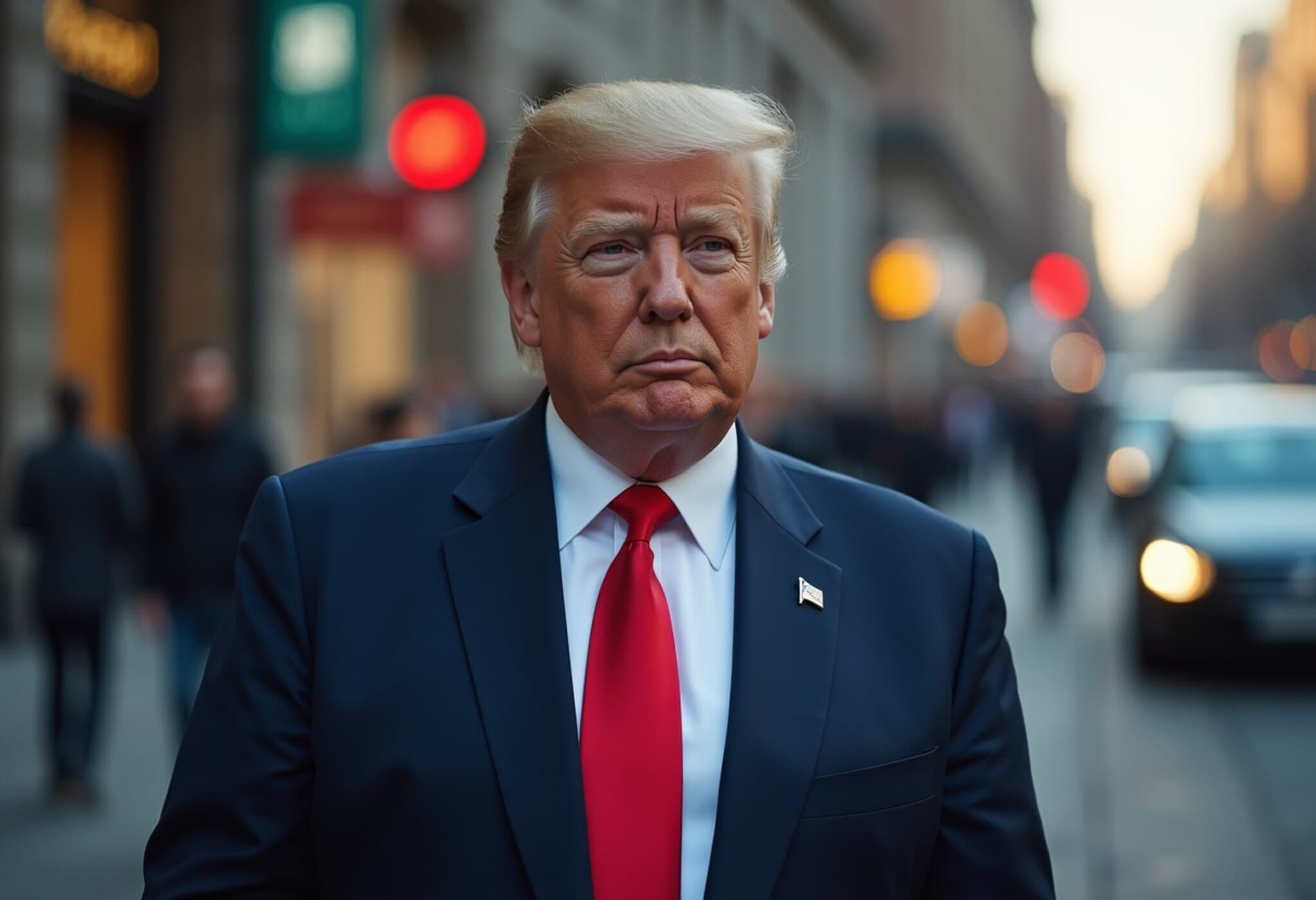Trump Implements 19% Tariffs on Indonesian Imports Amid Fierce Trade Negotiations
In a strategic move to recalibrate America’s trade imbalance, US President Donald Trump announced on July 15, 2025, a 19% tariff on goods imported from Indonesia. This development forms part of a broader campaign aimed at reshaping trade terms with key global partners and curbing the United States’ persistent trade deficit.
A Closer Look at the Indonesia-US Trade Agreement
Details remain somewhat under wraps, but the announced arrangement mirrors a recent framework struck with Vietnam. According to Commerce Secretary Howard Lutnick, the pact notably involves eliminating tariffs on US exports to Indonesia while imposing a significant 19% tariff on Indonesian imports — a reversal of existing trade flows designed to benefit American industries.
“They pay tariffs here; we pay none there,” Lutnick explained to CNBC, emphasizing the administration’s priority on rebalancing trade and bolstering US industries including farming, fishing, and manufacturing.
Despite this high-profile announcement, Indonesia is a relatively minor trade partner compared to Titan economies. Bilateral trade is forecasted to reach just under $40 billion this year — outside the US’s top 15 trading partners — yet shows steady growth. Last year, US exports to Indonesia rose by 3.7%, with imports climbing 4.8%, culminating in an $18 billion trade deficit favoring Indonesia.
What Indonesia Exports to the US
- Palm oil
- Electronic components (data routers, switches)
- Footwear and car tires
- Natural rubber
- Frozen shrimp
According to World Trade Organization data, Indonesia’s average tariff rate is substantial but varies widely depending on trade partners, making this agreement a strategic pivot.
Indonesia's Response & Domestic Implications
Indonesian authorities have confirmed upcoming joint statements clarifying reciprocal tariff sizes and outlining trade, non-tariff, and commercial arrangements. The government pursues a balance between securing market access and protecting domestic industries — a challenging negotiation reflected throughout Southeast Asia amid rising US tariff pressures.
Contextualizing Trump’s Tariff Strategy
This announcement follows Trump’s previous threat to impose tariffs as high as 32% on Indonesian goods effective August 1, part of a larger pattern of aggressive trade posturing targeting over two dozen countries including Canada, Japan, and Brazil. These tariff threats range from 20% to 50%, with specific commodities like copper facing steep 50% duties.
While the administration aims to leverage tariffs as bargaining chips for more favorable terms, observers note a mixed track record: the promise of "90 deals in 90 days" has yielded few concrete agreements aside from frameworks with Vietnam and the UK, and a tentative truce with China.
Negotiations with India reportedly follow a similar path, with the US gaining improved market access after years of limited entry.
European Union Prepares Retaliation Amid Rising Trade Tensions
Meanwhile, the EU is bracing for a potential tit-for-tat escalation. The European Commission, responsible for trade policies across member states, has drafted a list targeting $84.1 billion (€72 billion) worth of US products—including iconic brands and sectors from Boeing airplanes and bourbon whiskey to luxury vehicles—with possible tariffs.
Trump’s threat of a 30% tariff on EU imports from August 1 has sparked alarm in Brussels, with EU trade chief Maros Sefcovic underscoring the bloc’s steadfast commitment to defend its industries with countermeasures if talks fail.
These tariffs would extend beyond the automotive sector to chemicals, medical devices, electronics, as well as a variety of agricultural products and beverages — a sweeping retaliatory package highlighting the deep interdependence and potential fragility of the transatlantic trade relationship.
The High Stakes of Ongoing Trade Negotiations
At the heart of this dispute lies a broader question: how to reconcile protectionist impulses with the economic complexities of global supply chains and consumer markets?
The US’s application of tariffs risks disrupting delicate trade ecosystems, potentially raising prices for American consumers and straining diplomatic relations with key allies.
Expert Commentary: Navigating the Trade Crossroads
Trade analyst Dr. Elaine Whitney from Georgetown University notes, “While tariffs can offer leverage, asymmetric tariffs focusing solely on imports may trigger retaliations that harm American exporters. It’s a high-wire act between achieving industrial resurgence and provoking costly trade wars.”
Moreover, Indonesia’s rising economic profile within ASEAN means this agreement carries regional implications beyond bilateral relations — influencing Southeast Asia’s integration into global value chains and the balance of economic power.
Summary and Looking Forward
Trump’s bold imposition of tariffs on Indonesian goods marks a continuation of his administration’s favoring of unilateral trade tools over multilateral diplomacy — a controversial approach with both staunch supporters and vocal critics.
As the August 1 tariff deadline looms for multiple countries, the evolving dynamics between the US, Indonesia, the EU, and other trading partners will serve as a litmus test for the future of international trade.
Editor’s Note
This developing story underscores the complexities of modern trade policy where economics, geopolitics, and domestic interests intersect. Readers should consider: how will these tariffs affect American consumers and industries in the short and long term? Will the US’s aggressive tariff strategy inspire meaningful renegotiations, or deepen global market fractures? These questions remain at the forefront as negotiations intensify.

